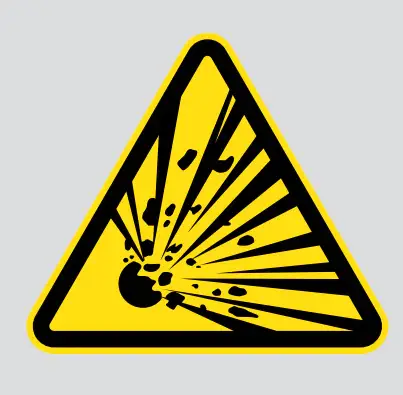When planning any outdoor project involving digging, whether for fence posts, deck footings, or any other structure, one crucial step must never be overlooked: locating utility lines. This essential safety measure can prevent accidents, service disruptions, and costly repairs. In this blog post, we’ll delve into why locating utility lines is so important and how to go about it effectively.

Understanding the Risks
Personal Safety
Digging without knowing where utility lines are located can lead to severe injuries. Striking a buried gas line can cause explosions, and hitting an electrical line can result in electrocution. These risks underscore the importance of taking this precaution seriously.
Service Disruptions
Accidentally damaging utility lines can disrupt essential services such as electricity, gas, water, and telecommunications. Such disruptions can affect not only your home but also your neighbors, leading to significant inconvenience and potential legal liabilities.
Financial Consequences
Repairing damaged utility lines can be expensive. You might be held financially responsible for the repair costs, which can quickly escalate. Moreover, service providers might impose fines for unauthorized excavation near their lines.
How to Locate Utility Lines

Contact Local Utility Providers
Before you start digging, contact your local utility providers to request a location service. In many areas, this is a free service. In Ontario, for example, you can call Ontario One Call or visit their website to arrange for utility locators to mark the positions of buried lines.
- Important Note: Whoever is digging should call Ontario One Call to ensure liability is on the correct person. If you’re hiring a contractor, make sure they call for the locates. At The Post Hole Company, we call for locates from Ontario One Call for all of our digging projects.
Use Safe Digging Practices

Even after utility lines have been marked, it’s crucial to dig carefully around these areas. Hand digging is required by law within 1 metre (3 and 1/2 feet or 40 inches) of the marked lines to avoid accidental damage. Use appropriate tools and maintain a safe distance from the lines.
What to Do If You Hit a Utility Line

Stop Work Immediately
If you accidentally hit a utility line, stop all work immediately. Do not attempt to repair the damage yourself, as this can be extremely dangerous.
Contact the Utility Provider
Inform the utility provider of the damage as soon as possible. They will send professionals to assess and repair the damage safely.
Follow Safety Protocols
Evacuate the area if necessary, especially if a gas line is involved. Follow any safety instructions provided by the utility company or emergency responders.
Key Points to Remember
💸 Liability and Costs
Just because locates were called for does not mean you won’t be charged fees by the utility companies, police, fire trucks, and ambulances that all come when damage is reported. Always ensure locates are done properly to avoid these issues.
👮♂️ Legal Requirements
Whenever ground is broken, a locate must be called for. This includes digging along an existing fence line, footings in the backyard, reusing the same holes, etc. Removing an underground post without a locate is against the law and dangerous. Never proceed without a proper locate.
✼ Centralized Contact
Ontario One Call is the central contact point for all buried utilities. Instead of calling all companies and risking missing some that may be on the property, call Ontario One Call, and they will ensure all utilities are located.
⏱️ Time Frame
Locates can take between 5 and 7 business days to complete from the time they are ordered. Plan your project timeline accordingly to accommodate this wait.
🏡 Private Lines
Ontario One Call only locates the public utilities on a property, not privately owned lines such as pool lines, sprinkler systems, power lines to sheds, or other lines installed on the property for private use (e.g., light poles, natural gas lines for BBQs, etc.).
🗓️ Expiry of Locates
Locates expire after 90 calendar days from the day the lines were located and marked. They also expire once the markings have disappeared. Once expired, new locates must be ordered. You cannot use a locate report from last year.
Conclusion
Locating utility lines before digging post holes is a crucial step that should never be skipped. It ensures the safety of everyone involved, prevents service disruptions, and avoids costly repairs. By taking the time to contact utility providers and using safe digging practices, you can complete your project smoothly and safely.
For more expert advice and professional services, visit The Post Hole Company. We’re here to help you with all your outdoor projects, ensuring they are done safely and efficiently.



